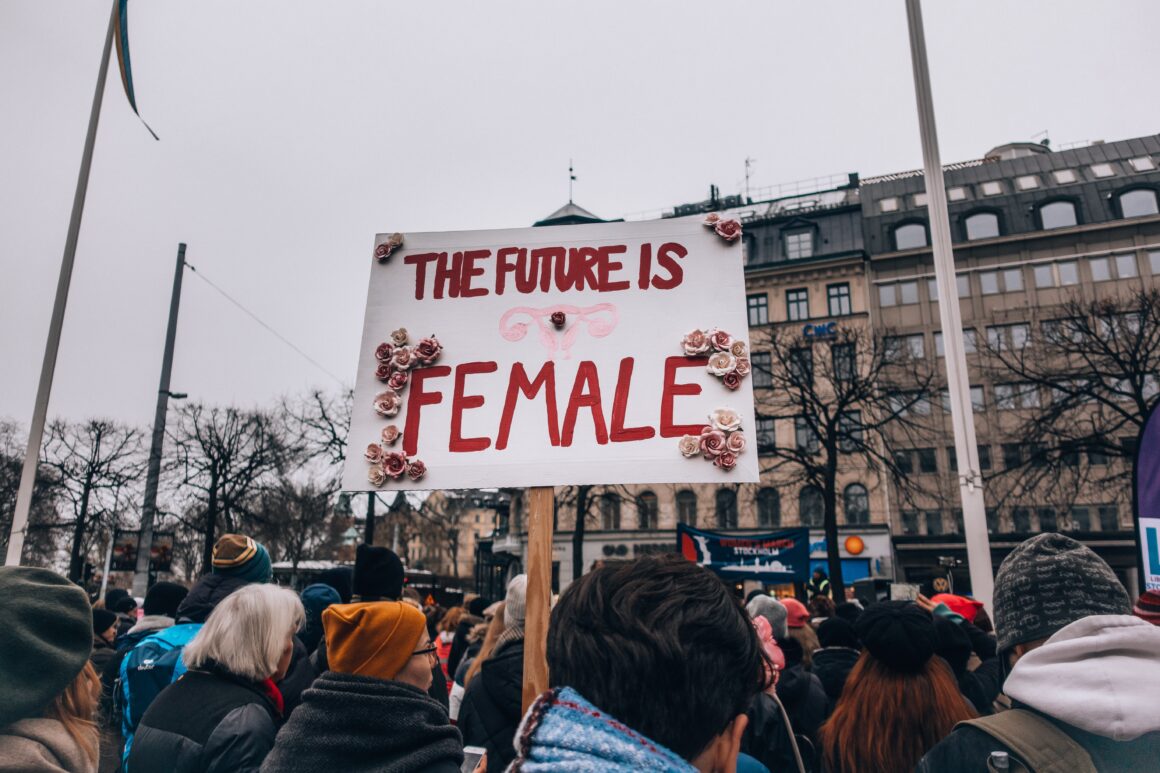“That bubbly, shallow cinematic creature that exists solely in the fevered imaginations of sensitive writer-directors to teach broodingly soulful young men to embrace life and its infinite mysteries and adventures.” Sounds familiar, right? This is a manic pixie dream girl as described by Nathan Rabin, who coined the term in 2007.
Manic pixie dream girls were originally meant to be a category of bubbly characters without their own subplots whose sole purpose within the story is to turn the male protagonist into a better person. Since then, the term has been used as an umbrella for all quirky and possibly-colorful-haired girls within TV and film, regardless of whether they have their own subplots and development or not. Due to this change in definition, Rabin has since apologized for “creating this unstoppable monster,” but the damage has already been done. Manic pixie dream girls have turned into a tool that lazy writers keep on hand for when their male protagonists need to live their lives a little fuller, and a standard that real life girls are expected to meet.
Examples of this trope date all the way back to the creation of film in color with sound in the nineteen thirties and all the way back to the nineteenth century in literature. Some of the more popular examples include Belle from Disney’s Beauty and the Beast, Jane Eyre from Jane Eyre, Holly Golightly from Breakfast at Tiffany’s, Summer Finn from 500 Days of Summer and, of course, the inspiration behind the term in the first place, Claire Colburn from Elizabethtown.
So now that we know what a manic pixie dream girl is, let’s talk about how the trope effects us in real life.
Boys grow up in an environment where society and the media tell them that their life is their own story and that they are the hero. On the other hand, girls grow up expecting to be a supporting character in somebody else’s story, whether it be their brother, their husband, etc. Furthermore, the behaviors of women in fiction written by men shape the behaviors of real life women. Seeing as manic pixie dream girls typically do not have hobbies, interests or lives aside from the male protagonist, a harmful stereotype has been created, commonly referred to as the Breadwinner Model. This theory is pretty self explanatory: the man earns the money to support the family and the woman stays home to cook, clean and take care of the children. This ideology is that women are, more than anything else, caregivers, and they are supposed to be able to care for these depressed men with bubbly and child-like enthusiasm. Which, obviously, not all women can nor wantto do.
This trope is particularly harmful to young people just getting into relationships. A high school girl will let many things slide with her boyfriend—especially acts without consent—in order to make him happy and to be the “chill girlfriend.” A high school boy will expect his girlfriend to be okay with the things that he himself would not be okay with, seeing as she is just there to help him pursue his happiness, right?
But, in the same way that women do not exist to help men find their happiness, men do not need women to find that happiness. Men are perfectly capable of pulling themselves out of the rut and living life to the fullest without a young and carefree girl to teach them how to do it.
Ultimately, the manic pixie dream girl trope is a monster, and it has unhealthy consequences for men and women alike. Though this trope is very prevalent in TV, film, and literature, before we work towards abolishing it.



Comments are closed.